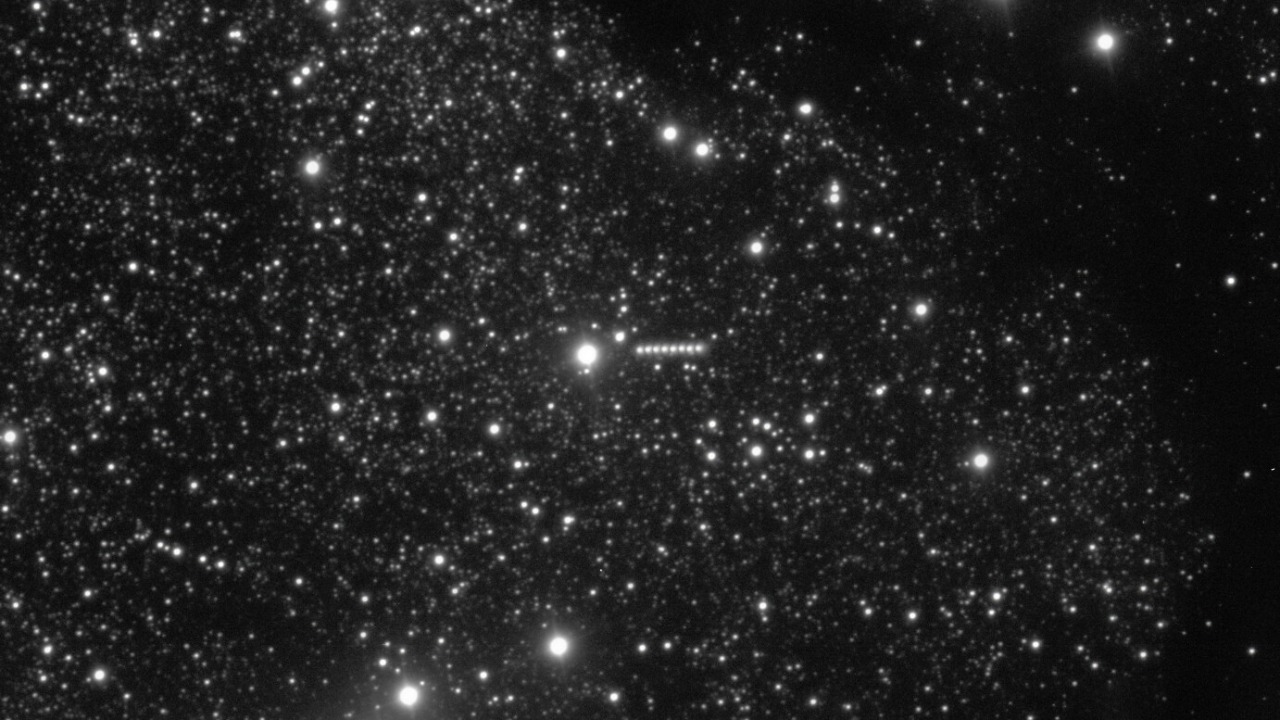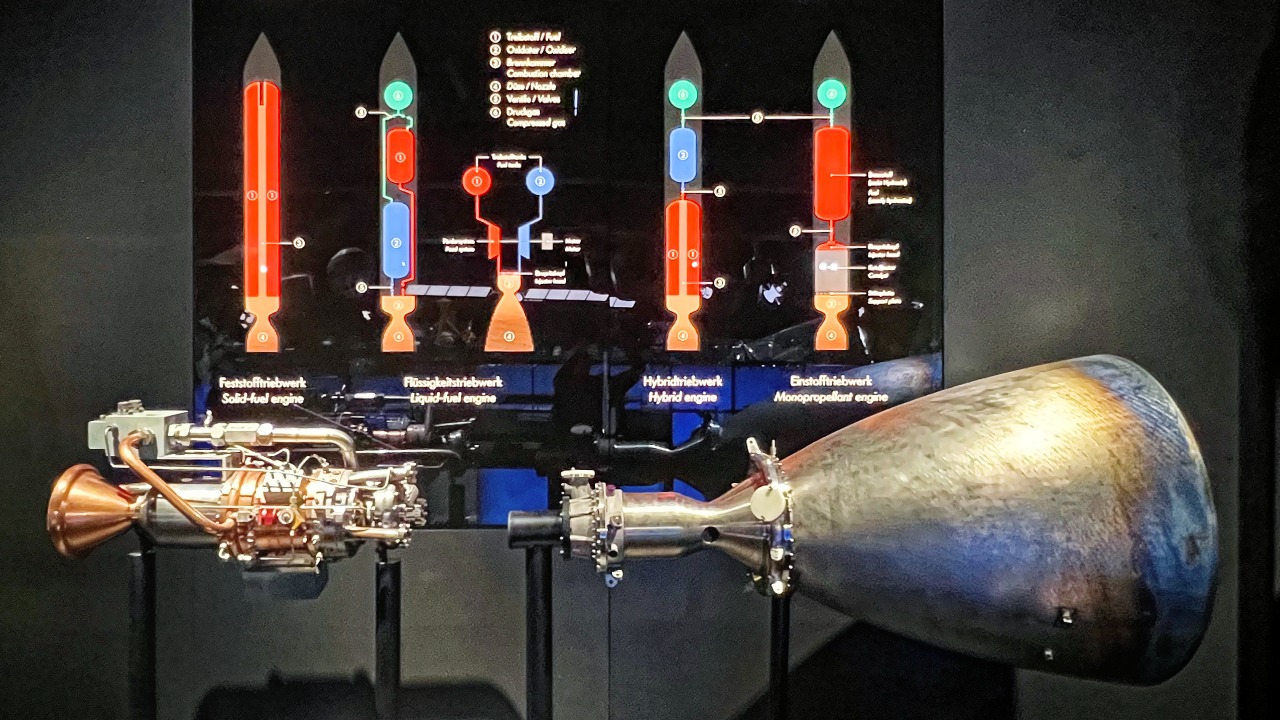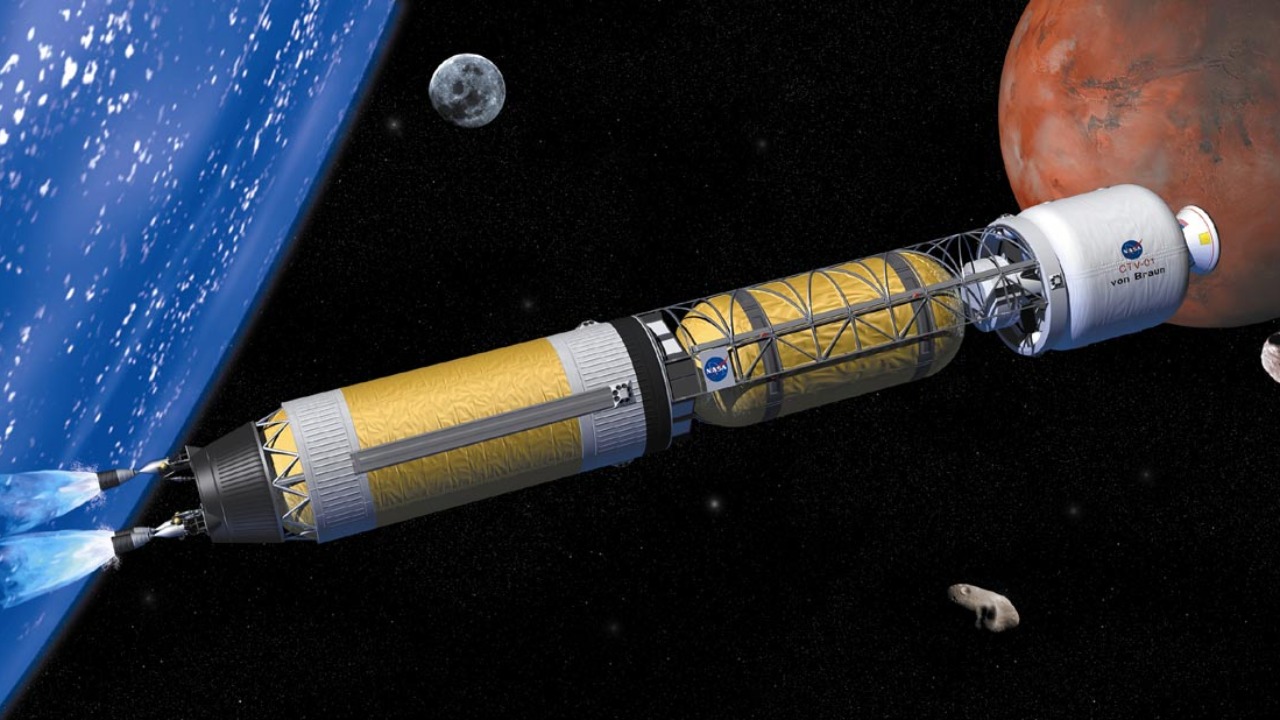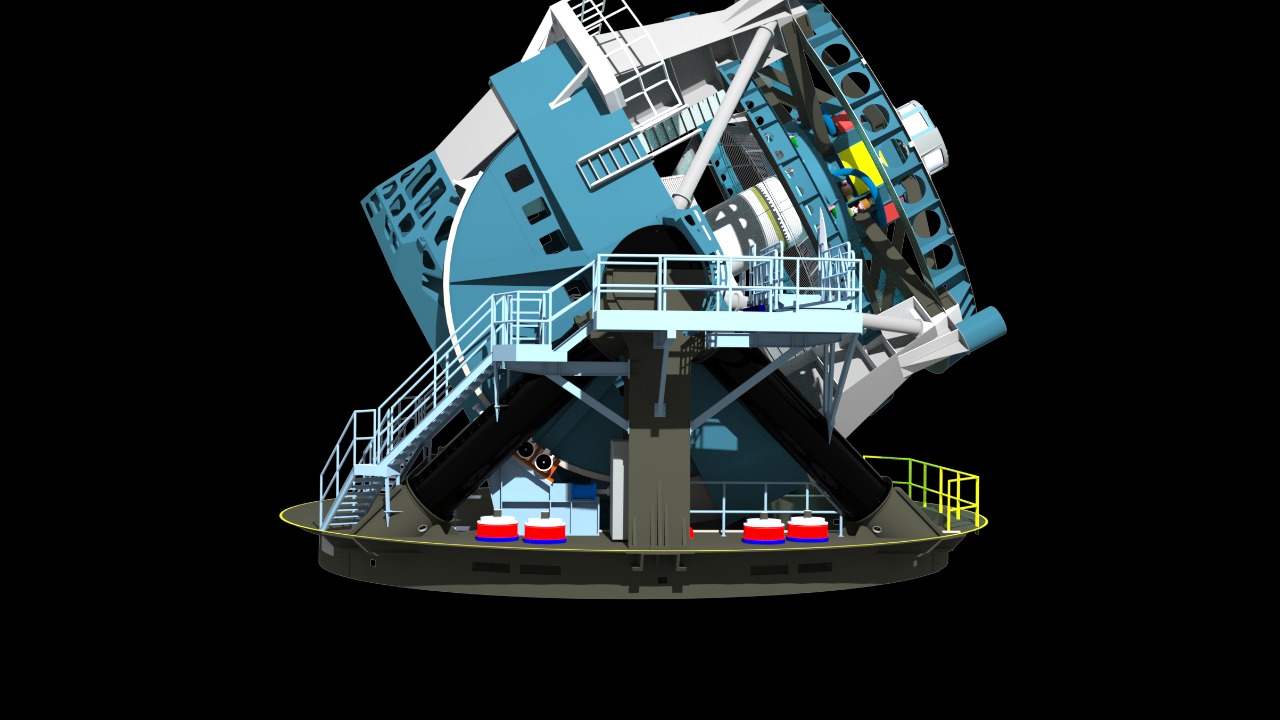
A Harvard scientist has ignited a flurry of speculation and scientific inquiry by suggesting that an interstellar object on course for Earth might be nuclear-powered. This intriguing hypothesis has raised questions about the object’s origin, purpose, and potential implications for humanity, prompting a closer look at both the object itself and the broader context of nuclear propulsion in space.
The Mysterious Interstellar Object

The object in question was detected using advanced astronomical tools designed to identify celestial bodies traveling from outside our solar system. Its trajectory and speed have captivated scientists since its discovery, showing characteristics that are markedly different from typical asteroids or comets. The object’s speed and path suggest it is not bound by the gravitational pull of our solar system, marking it as an interstellar visitor.
Unlike previous interstellar objects such as ‘Oumuamua, which passed through our solar system in 2017, this new object appears to be on a more direct course towards Earth. While precise details of its trajectory remain under investigation, its speed and angle of approach suggest it could either pass by Earth closely or potentially be on a collision course. The unusual velocity and trajectory have sparked comparisons to previous objects, but this one stands out due to its peculiar path and the potential implications of its propulsion mechanism.
Nuclear-Powered Propulsion: An Overview

The concept of nuclear propulsion has long been a subject of interest within the scientific community. Nuclear and plasma space propulsion systems could revolutionize long-distance space travel by providing a more efficient and powerful means of propulsion compared to traditional chemical rockets. Nuclear propulsion could enable spacecraft to travel farther and faster, making the exploration of distant planets and even other star systems a more feasible endeavor.
The benefits of nuclear propulsion extend beyond just speed and distance. Such systems could significantly reduce travel time to distant locations, potentially allowing for manned missions to Mars and beyond. Historically, research into nuclear-powered spacecraft has been conducted by both governmental and private organizations. Projects like NASA’s Project Orion in the 1960s explored the potential of nuclear propulsion, although political and safety concerns have often hindered its development.
The Harvard Hypothesis

The Harvard scientist’s hypothesis suggests the interstellar object could be a nuclear-powered spaceship, sent by an advanced civilization. This theory is based on the object’s high speed and unusual trajectory, which could indicate a propulsion system not naturally occurring. The scientist argues that the object’s characteristics might align with those of a spacecraft utilizing nuclear propulsion to traverse the vast distances between stars.
Supporters of this hypothesis point to various pieces of evidence and reasoning. The object’s anomalous acceleration could suggest an external propulsion mechanism. Additionally, its brightness and reflective properties might indicate an artificial structure. However, this idea is not without its critics. Many in the scientific community remain skeptical, suggesting that natural explanations, like outgassing or reflecting sunlight, could account for the observed phenomena.
Implications for Earth and Humanity

If the object is indeed nuclear-powered, the potential scenarios range from benign to transformative. It could be an opportunity for scientific discovery, providing insights into advanced propulsion technologies and engineering practices. Alternatively, if the object harbors any intention or capability of impacting Earth, it could pose significant risks that would require international cooperation and swift policy responses to mitigate.
The technological and scientific impact of such a discovery would be profound. It could accelerate the development of nuclear propulsion technologies on Earth, as scientists and engineers seek to replicate or learn from the object’s design. The general public and governments worldwide might react with a mix of awe and concern, prompting discussions on the ethical and practical implications of contact with advanced extraterrestrial technology.
The Future of Interstellar Research

Advancements in detection technologies are critical for improving our understanding of interstellar objects. Tools like the Large Synoptic Survey Telescope (LSST) are being developed to provide real-time data and comprehensive mapping of the night sky, which could enhance our ability to identify and study such phenomena. These technologies will play a crucial role in determining the nature and origin of interstellar visitors.
International collaboration is essential in the monitoring and research of interstellar objects. Space agencies, universities, and observatories around the world are increasingly working together to share data and resources. Organizations like NASA are actively preparing for potential encounters with interstellar objects, investing in research and technology to better understand and engage with these fascinating visitors. The potential of a nuclear-powered interstellar object has only heightened the urgency and excitement surrounding these efforts.